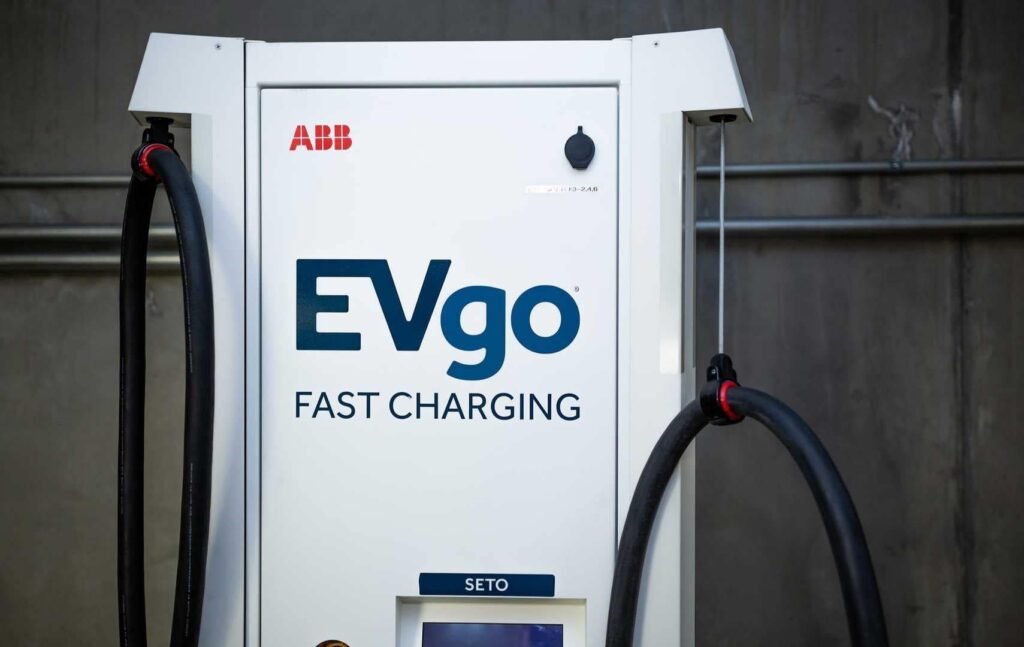We have all heard about electric vehicle batteries weakening over time, but there are some tips, and if you follow them, you can keep your electric vehicle battery safe. But first, you need to understand what factors affect battery health. There are a total of 5 tips that you need to understand and follow to keep your EV’s batteries safe. So let’s check them out one by one.
1. Avoid discharging the battery to very low levels
You should always try to keep your EV battery above 20% and should not use its full capacity. You should charge your EV until it reaches 80% and recharge it before it drops below 20%. But why not use the remaining 20%? If you go below 20% and continue to use your electric car, the batteries will have to give that remaining power, which will cause batteries struggle and it create stress between them and end up heating up the batteries, and you should know that one of the worst enemies of batteries is heat (we will discuss this point later in the article).
2. Charge your EV more frequently

You should charge your EV more frequently, for example, whenever you come home or when you park your car at the office or at a mall and your EV has between 30-60% charge, you should plug your EV to charge. Charging more frequently won’t hurt your EV’s battery.
3. Park your EV under shade

In the first tip I mentioned that temperature is one of the biggest enemies of batteries. If you are going to park your EV for an extended period of time, park it in the shade. Assuming you have not parked your electric vehicle in the shade and it’s a bright, sunny day, what will happen is that the temperature of your batteries will rise due to the heat (as you know, a rising temperature is not good for your batteries). As the temperature rises, the electric vehicle’s system starts to cool down the batteries, and in order to cool them down, the batteries have to give power to the thermal management system, which cools the batteries down. So now you can imagine the strain on the batteries because they are heated up by the outside temperature and at the same time they have to give up power to the thermal management system to cool themselves down..
4. Avoid heavy acceleration

Just avoid unnecessarily accelerating your EV for a long time. Always try to maintain a constant speed whenever possible beacause if you keep on accelerating for a long period its going to consume power and whenever you accelerate you demand a high amount of current from the battery and if you keep doing that your batteries will end up getting heated.
5. Lower your maximum charge limit and don’t always use DC fast charging

Some companies offer this option in their EVs that you can set the maximum charge limit (meaning at what % you want to stop charging). The companies tell you to always try to charge your EV up to 80% and if necessary, then only up to 100%. And always try to charge your EV with the level 2 AC charger (about 40km range per hour). Always use the DC fast charger when you are on a trip or in an emergency. And why not always use the DC charger even if it saves your time and charges your EV within 1 hour, because DC charging delivers a high amount of current to your batteries so that they can be charged quickly, but when this happens, the high amount of current increases the temperature of those batteries and as we know, high temperature is an enemy of batteries.
Conclusion
Having read up to this point, some of you may think that batteries are so delicate that any ordinary fault can damage them. So it’s not like even if you follow each of the above tips in reverse, your electric vehicle will lose only 2.3% of its range after 5 years, which means only 7 km if the range is 315 km. But no one can tell you at this point how much range you will really lose if you do not take care of your EV. The numbers above are not very accurate and so you should not rely on them because the loss could be a bit more. 7 km may not feel like a big deal, but when that number reaches 25 km, you should think about it.
There is one more thing that might come to your mind: It’s okay if my EV loses 25 km of range after 5 years of use. But this is not about whether you want to buy a new car after 5, 6 or 7 years. At that point, of course, you’ll try to sell your current car, which may have lost 25-30 km of range, and if the second owner of your car realizes that, you may end up getting less money.






